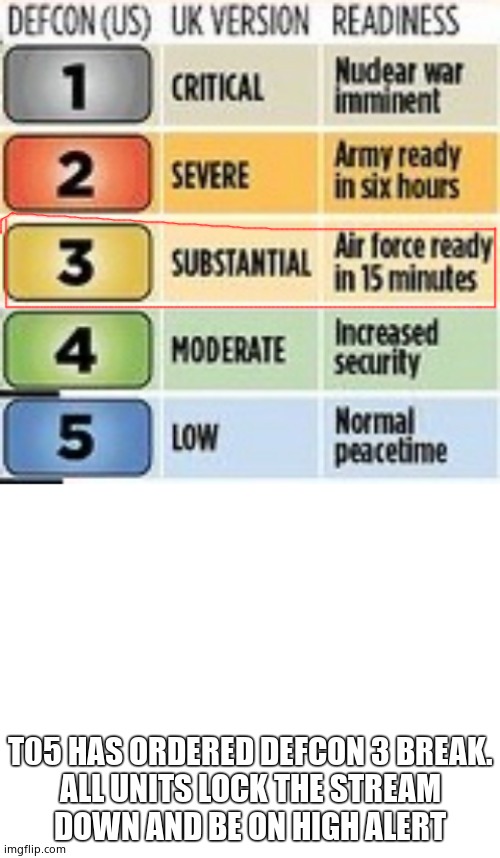
In 1997, the Supreme Court said Congress didn’t have the power to apply the religious freedom law to the states, which prompted 14 more states to pass RFRAs over the next 13 years.ĭuring that era, RFRA bills “largely enjoyed bipartisan support” because they were seen to offer needed protections to members of minority faiths, Schultz said. The bill was written to apply to both state and federal governments, but that didn’t stop two states - Connecticut and Rhode Island - from quickly passing RFRAs of their own. The first RFRA was passed by Congress in 1993 in response to a Supreme Court ruling that weakened religious protections offered by the First Amendment. Although they come in different forms, all varieties seek to prevent the government from interfering with religious activity except in cases where there’s no other way to achieve important public policy goals.

The laws Schultz describes are called religious freedom restoration acts, or RFRAs (pronounced riff-rahs) for short.

Steve Solarz, who pushed for federal religious freedom protections, once said, and this is a paraphrase, ‘Religious freedom is always very popular in theory, but it can be very unpopular in specific instances,’” he said.

However, Schultz added that he doesn’t expect conflict over religious freedom laws to ever entirely die out, since the protections they offer are often broad enough to put both conservatives and liberals on edge. The bill that could change religious freedom as you know it How faith groups feel after Biden’s first 100 days


 0 kommentar(er)
0 kommentar(er)
